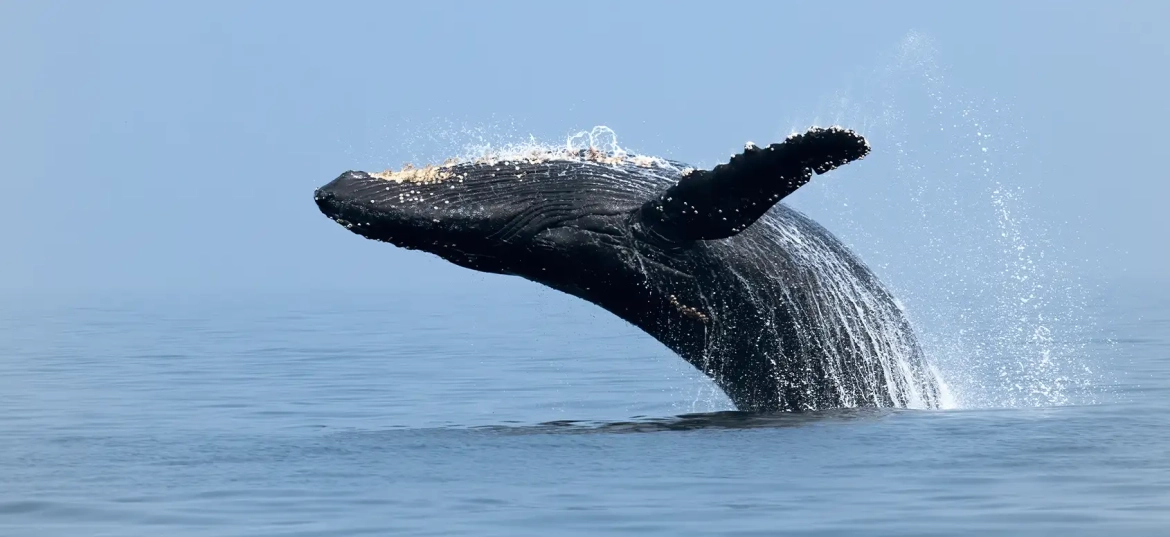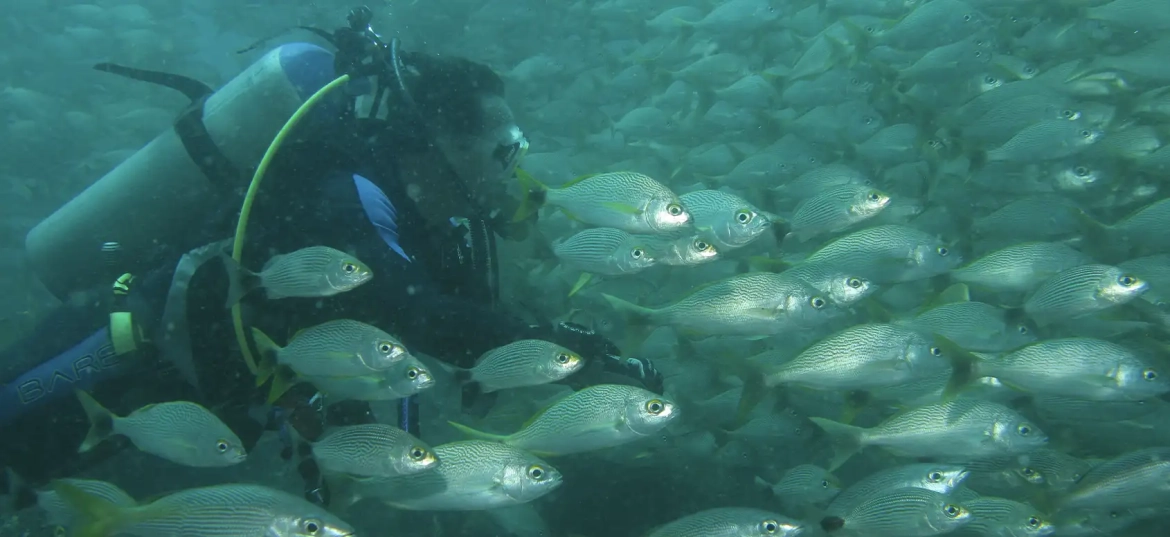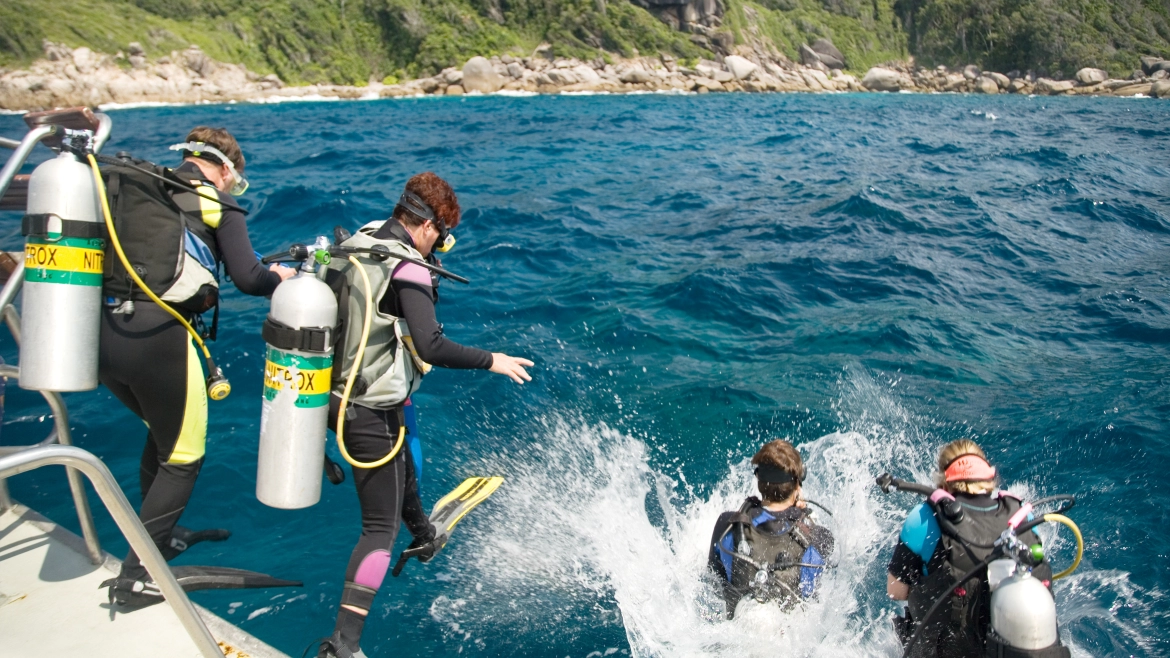Are you seeking an extraordinary scuba diving adventure? Look no further than Catalina Island, Costa Rica! Scuba diving here offers diverse marine life and various dive sites for an unmatched underwater experience.
Yet, when planning your diving trip, you need to know where to stay, the best time to visit, and how to get from one point to another. It’s easy to feel overwhelmed by a sea of information. We’re here to help.
At Bill Beard’s Costa Rica, we’re your trusted dive partners. With years of experience and a genuine love for underwater exploration, we’ll help you navigate the waters of Catalina Island like an expert.
Why Choose Catalina Islands for Scuba Diving?
You should choose Catalina Islands for scuba diving for its wealth of marine life and healthy dive environments, including seasonal migrations of schooling Pacific giant manta rays from November through April.
You’ll find local dive sites like Catalina Grande, La Pared (the Wall), and Roca Sucia (Dirty Rock) that have stunning underwater landscapes and diverse marine species like white tip reef sharks, eagle rays, whale sharks, and humpback whales. The best times to visit are in late January through February and late July through August.
Furthermore, scuba diving in the Catalina Islands offers excellent diving conditions. Despite occasional drops in visibility, this spot offers clear waters, providing up to 80 feet of visibility on good days. Lastly, divers love water temperatures between 24 °C and 30°C (75-85°F).

Tips for Booking Your Perfect Trip
Now that you’ve chosen the Catalina Islands as your next diving destination, all you need to do is follow these tips to ensure the perfect adventure:
Deciding the best time to visit
The best time to plan your diving adventure depends on what kind of experience you’re after. Thanks to Costa Rica’s tropical climate, diving is fantastic year-round, but each season brings its own charm.
For instance, if you visit from December to April (the dry season), you can expect calm waters and clear visibility.
But if you’re up for some excitement, the rainy season from May to November might be more your style because you’ll encounter stronger currents. This means more underwater action and a greater chance to spot fascinating marine life.
Moreover, the best time for many divers is between September and March. That’s when the weather’s just right, with sunny skies and smooth seas.
Exploring the most suitable places to stay
For the best diving experience on these islands, consider staying at Playa del Coco, Playa Flamingo, Tamarindo, or the Gulf of Papagayo. These locations serve as convenient hubs connecting you to various dive spots.
If you stay at any of these beach destinations, check out our 2-Tank Dive | One-Day Diving package for hassle-free transportation to and from your diving excursions.
Coordinating transportation
Located offshore the Pacific Coast, the Catalina Islands are accessible only by boat. Therefore, coordinating transportation in advance ensures a seamless journey to and from the Catalina Islands.
Our fast boats depart from Playa Hermosa promptly at 8:00 a.m. and typically return around 2:00 p.m. The trip is quick and efficient, taking approximately 20 minutes from departure to arrival. Keep in mind that we require a minimum of 4 people to run the trip from Playa de Coco, Ocotal, Hermosa, or Panama.
Choose the best dive for you:
- 2 Tank AM Boat Dive – Catalina Island (From Papagayo) Price: $150
- 3 Tank AM Boat Dive – Catalina Island (From Papagayo) Price: $190
Choosing the right dive package for you
Before booking, consider your skill level and the dive site you’re visiting to find the perfect package. For some dive spots, an advanced diver certification is required. Therefore, ensuring you have the necessary skills and experience beforehand is essential.
Selecting the best dive shop
Look for a shop with a solid reputation, experienced staff holding valid certifications, and well-maintained dive equipment. Additionally, customer reviews and the level of customer service provided by the dive shop staff should be considered.

Packing List for Your Dive Trip
Take a look at some of the things you need to bring for your dive trip:
- Dive gear like mask, snorkel, and fins
- BCD (Buoyancy Control Device)
- Sun-protective clothing
- Lightweight, quick-drying clothing for after-dives
- Dive boots or water shoes
- Sandals or flip-flops for beachwear
- Waterproof bag or dry bag
- Insect repellent
- Sunscreen (reef-safe)
- Passport or ID
- Dive logbook and certification card
Ready to Dive the Catalina Islands? Book with Bill Beard’s Costa Rica Now!
A scuba diving vacation on Catalina Island, Costa Rica, offers an unforgettable adventure beneath the waves.
At Bill Beard’s Costa Rica, we deliver immersive dive experiences that allow you to discover the beauty and tranquility of the underwater world in this tropical paradise. Our expert guides, top-notch equipment, and dedication to safety ensure a seamless and memorable diving adventure.
Contact our team at Bill Beard’s Costa Rica now to book your scuba diving vacation. Experience the best of Costa Rica diving with us!
Stay connected:
- Direct: 954-453-5044
- Fax: 321-400-1404
- Toll-free: 877-853-0538
- Local number (Costa Rica): 2479-7089 (Available from 9-5 PM)
- Office hours: 8-6 CST M-F & Sat 9-5 CST
- Email: agent@billbeardcostarica.com
FAQs
How far are the Catalina Islands, Costa Rica, from the shore?
The Catalina Islands, Costa Rica, are located two to fifteen miles off Costa Rica’s northwest coast.
How much does it cost to scuba dive in Catalina Islands?
The cost of scuba diving in the Catalina Islands can vary depending on several factors, including the dive shop or tour operator, the type of dive package or excursion chosen, and any additional services included.
Prices for single dives or dive packages typically range from $95 to $190 per person for a single dive.
What marine life can I expect to see while scuba diving on Catalina Island?
The marine life that you can expect to see includes marine rays, whitetip reef sharks, tropical fish, tiger sharks, devil rays, spotted eagle rays, bat rays, spinner dolphins, and other marine life.

